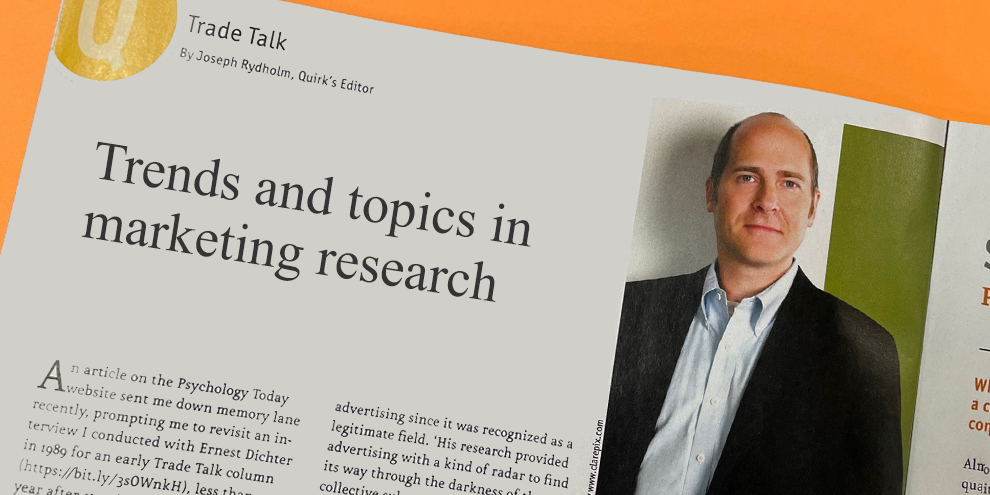These early weeks of a new year are the most common time to engage in a little reflection. It seems especially appropriate, then, to have just finished The Future of Looking Back, Richard Banks’ meditation on how we capture and store memories of our lives, loved ones and personal experiences.
Aimed at designers of systems for storing photos or other artifacts of consumers’ daily lives, the book is part of a series generated by Microsoft Research Cambridge, one of Microsoft’s worldwide collection of labs devoted to exploring the impact of technology.
At the close of each chapter, Banks poses questions to those designers as a way to get them thinking big-picture thoughts on the issues he raises. As a compulsive saver of family and personal memorabilia, I was initially drawn to the book’s ostensible topics but as I went along, I started applying his questions to the act of storing and cataloguing research results.
Banks talks early in the book about looking through his recently departed grandfather’s collection of photographs and cites the value of the notes that his grandfather had written on the back of a snapshot of him with his fellow RAF squadron members. As Banks observes, certainly his grandfather knew all of his squadronmates’ names, so the words were clearly meant to help the image be less mysterious to those viewing it in his absence.
When you’re done with a research project and are committing it to your corporate or organizational repository (insert joke about gathering dust here, if you must), do you give thought to who may be accessing the information in the coming months and years?
What about the people reading your research findings in your absence? What kind of context do you add to your reports? Will the next batch of insight-seekers have all the background information they need to really get the most from the data?
When we’re in the thick of a project, with all of the nuances and mini-crises and averted disasters fresh in our minds, we forget that future consumers of our record of that project won’t have our wealth of knowledge. Will they still get the benefit of the full richness of the data? What steps can you take to put your projects in their deepest context?
Physical vs. digital
Banks also explores the nature of the physical vs. the digital storage of information and what each means. For example, compare the impact and experience of leafing through a musty old box of family photos to swiping though digital snapshots on your iPad. Both actions certainly have their plusses and minuses but, to put things in a research scenario, could the form in which you are archiving your study data change its impact on those who experience it? Is it better to capture those focus group transcripts as words on a page (digital or paper!) or, instead, as a series of short videos?
Beyond the topic of archiving data, the book’s later chapters, in which Banks looks at how we preserve physical spaces and at new ideas for how we use technology to chronicle our daily activities, also raise interesting questions when read through a marketing researcher’s prism. How might we apply new technologies to enhance a consumer’s experience of the research process, eliciting helpful insights by transporting them to a more relaxed, more open place? What would a repository of our tweets, blog posts and Flickr’ed photos tell a curious marketer?
At 160 or so pages, the book is a quick read. And while it’s perhaps a bit far afield from the usual marketing or research text, for the right reader it may spark some stimulating discussions and serve as further proof that inspiration can often come from new and unexpected places.
The Future of Looking Back (160 pages; $24.99), by Richard Banks, is published by Microsoft Press.
